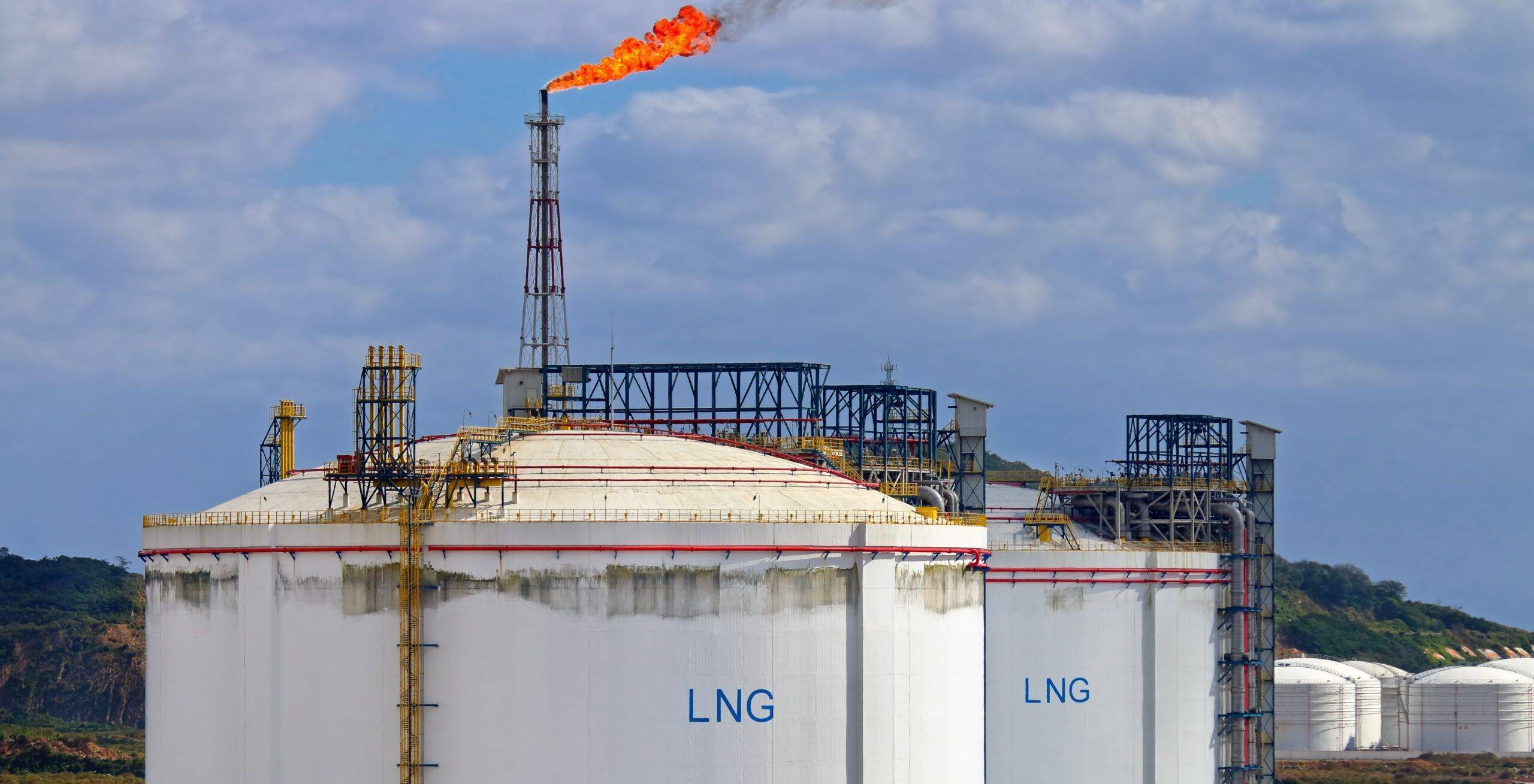Factsheet: Biomethane Should Not be Part of any Shipping Decarbonization Pathway
Biomethane, also known as bio-LNG, is an almost entirely methane-based gas. Here are three reasons why biomethane is currently not a short-, mid- or long-term solution for shipping decarbonization.

Biomethane, also known as bio-LNG, is almost entirely methane-based gas. It is produced by breaking down organic materials. This can be crops or waste materials such as crop residues, animal manure, food and green waste, and wastewater sludge using microorganisms. This process creates biogas, which is then upgraded to biomethane—the main co‑product of biogas upgrading is CO2.
Biomethane is a scarce resource due to the limitation of sustainable feedstock. Yet, the shipping sector is still considering biomethane as part of their fuel options. From farm to combustion on a ship, more efficiency and demand reduction measures are needed to avoid unintended knock-on and lock-in effects from the biomethane supply chain. Here are three reasons why biomethane is currently not a short-, mid- or long-term solution for shipping decarbonization:
- Methane leakage. The biomethane supply chain leaks methane, a powerful greenhouse gas (GHG) 80 times more efficient at contributing to the climate crisis than CO2 and responsible for about a third of today’s global warming. The current rate of methane leakage during the biogas life-cycle can emit more GHGs per unit of gas produced than fossil gas. There is also a possibility that methane emissions from biomethane production and supply chains could be more than twice the estimated amount. Moreover, the injection of biomethane into the gas grid must account for methane leakage in the fossil gas system and from the marine engine. Under reasonable leakage and demand assumptions, biomethane is climate-intensive.
- Misleading projections of purpose-grown energy crops in bio-methane feedstock composition. The projected volumes of manure and agricultural residues by the gas industry raise concerns, particularly with the use of primary energy crops not explicitly prohibited. Despite stakeholder consensus against including purpose-grown energy crops in the biomethane feedstock composition, they accounted for over 40% of biogas produced in the EU in 2020. Europe is the top producer of biomethane globally. Furthermore, national projections of biomethane feedstock from key biogas producers continue to include energy crops, and in some other countries, land use for energy crops is increasing. Even if second-generation biomethane is used, the waste materials are taken from other biomass streams, which may have been used as fertilizer or animal feed and may be replaced by field crops. There is evidence that almost all forms of biofuels induce indirect land-use change. Moreover, there is an indication of widespread fraud regarding the waste status of the biomass used.
- Reducing waste is the most effective measure. From a systemic perspective, there is a perverse incentive when waste of any origin becomes a valuable resource. This leads to its increased production as a co-product rather than a by-product, undermining waste prevention efforts. For instance, using manure as a biomethane feedstock requires large-scale production for economic viability, yet it only marginally reduces the overall climate impact of livestock production. A reduction in livestock production is needed to address the climate crisis. Furthermore, biomethane expansion undermines efforts such as the Sustainable Development Goal to reduce food waste by 50% by 2030, compromising overall land-based mitigation measures and human health objectives. The biomethane industry will lock-in intensive livestock production at a dangerous scale.
Biomethane as a shipping fuel cannot be considered a solution when it creates problems for the climate, environment, and people.
Biomethane availability for shipping decarbonization may be significantly lower than expected by the industry. A broader scope of evidence and expertise is required to assess its sustainability and feasibility, including a food systems perspective, a systemic impact review, a life-cycle approach to methane leakage, and an interdisciplinary approach. Until then, biomethane is not a solution for shipping decarbonization.
References and Further Reading:
Biomethane: Setting a target that is fit for food and the climate
An introduction to biogas and biomethane
Life-cycle Greenhouse Gas of Biomethane and Hydrogen Pathways in the European Union
For media inquiries please contact [email protected].